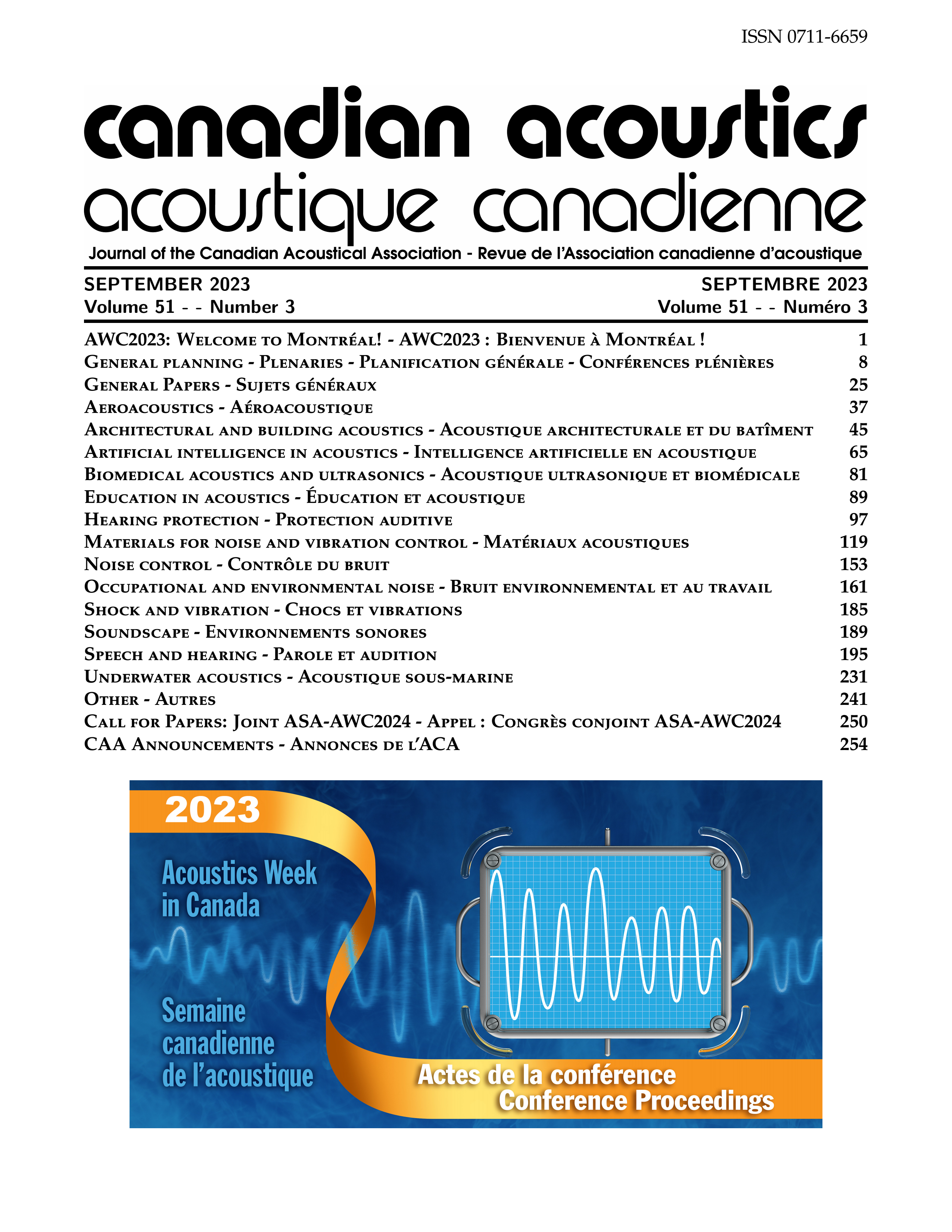Digital Earplug Featuring Combined Noise Dosimetry and Electrocochleography: a Proof of Concept.
Abstract
Electrocochleography (ECochG) is a promising electrophysiology measure that evaluates cochlear function and identifies different auditory disorders. ECochG measures inner ear potentials generated in response to acoustic simulation. Recent studies on cochlear synaptopathy have shown that ECochG can detect insults to auditory nerve fibers following noise exposure. These damages go undetected by routine audiology testing such as audiometry. Therefore, ECochG could be used to identify auditory damage during excessive noise exposure in a noisy workplace, and thus, ultimately help to prevent noise-induced hearing loss. To this aim, a dedicated electronic earpiece has been designed. It features passive hearing protection and can continuously monitor ECochG during a wearer’ shift. A pair of such earpiece is wired to a dedicated hardware device, dubbed eCoGeers, with a microcontroller and several analog-to-digital converters for ECochG potentials and audio signals processing. The synchronization aspect between both data acquisitions is paramount for accurate noise-exposure and inner ear integrity monitoring. To validate the prototype’s capabilities, tests have been conducted by sending a known ECochG stimulus as an electrical input to the earpiece device and by reading its low voltage on the prototype earpiece. Thus, to successfully extracting the original ECochG stimulus from the electrical noise floor. This research paves the way for a future device that could monitor noise exposure and auditory damage during a work shift. This device could ultimately warn the wearer when a significant damage has been detected and contribute to better noise-induced hearing loss prevention programs in the workplace.Additional Files
Published
How to Cite
Issue
Section
License
Author Licensing Addendum
This Licensing Addendum ("Addendum") is entered into between the undersigned Author(s) and Canadian Acoustics journal published by the Canadian Acoustical Association (hereinafter referred to as the "Publisher"). The Author(s) and the Publisher agree as follows:
-
Retained Rights: The Author(s) retain(s) the following rights:
- The right to reproduce, distribute, and publicly display the Work on the Author's personal website or the website of the Author's institution.
- The right to use the Work in the Author's teaching activities and presentations.
- The right to include the Work in a compilation for the Author's personal use, not for sale.
-
Grant of License: The Author(s) grant(s) to the Publisher a worldwide exclusive license to publish, reproduce, distribute, and display the Work in Canadian Acoustics and any other formats and media deemed appropriate by the Publisher.
-
Attribution: The Publisher agrees to include proper attribution to the Author(s) in all publications and reproductions of the Work.
-
No Conflict: This Addendum is intended to be in harmony with, and not in conflict with, the terms and conditions of the original agreement entered into between the Author(s) and the Publisher.
-
Copyright Clause: Copyright on articles is held by the Author(s). The corresponding Author has the right to grant on behalf of all Authors and does grant on behalf of all Authors, a worldwide exclusive license to the Publisher and its licensees in perpetuity, in all forms, formats, and media (whether known now or created in the future), including but not limited to the rights to publish, reproduce, distribute, display, store, translate, create adaptations, reprints, include within collections, and create summaries, extracts, and/or abstracts of the Contribution.


